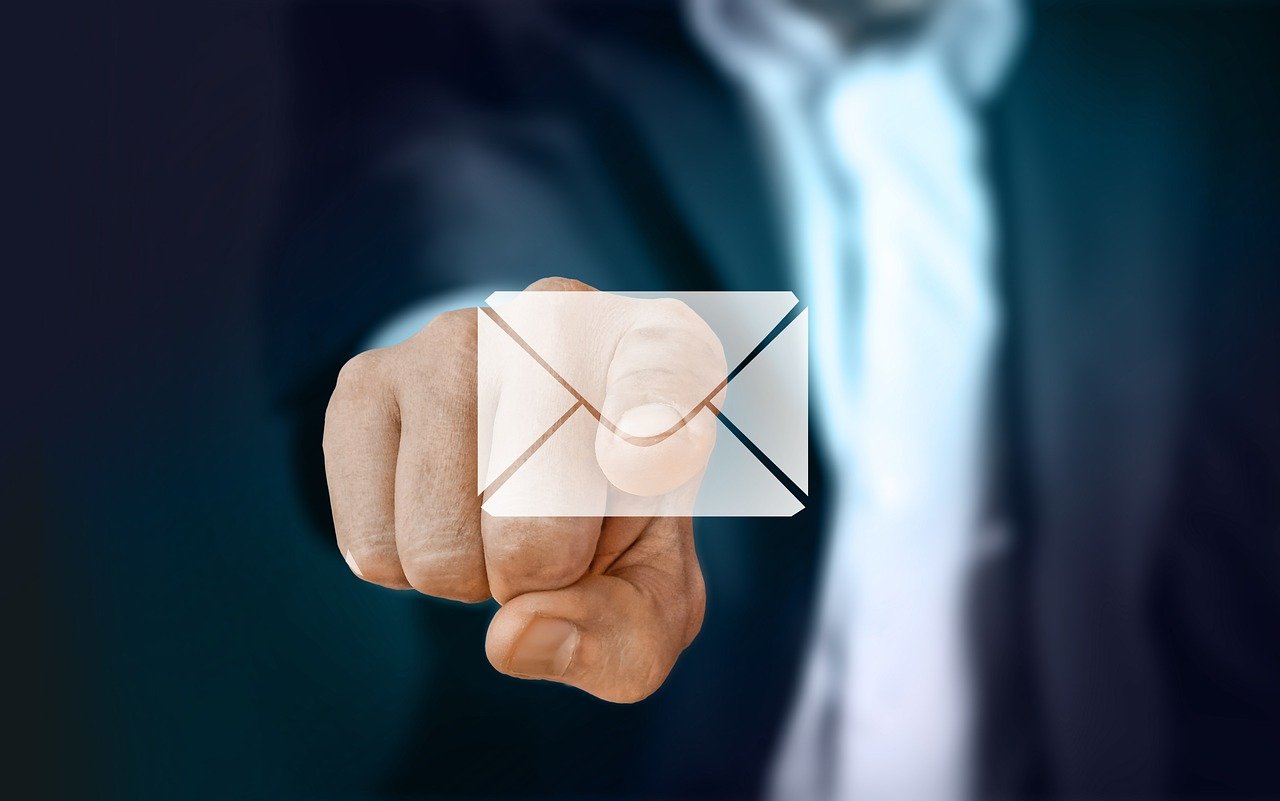By Cameron Russell, Head of Marketing at Marketreach
Customer experience (CX) is a powerful differentiator for modern brands. If customers have a series of positive experiences with a brand, they will buy more, be more loyal and become advocates who influence their surrounding networks. In fact research from Gartner finds it to be the most important competitive battleground for 89% of companies.
Recent research from Trinity McQueen, commissioned by Marketreach, shows that functional teams – whose members come from different organisational levels – often have specific communications with customers. Yet they might not realise the importance of look, feel, content and tone in reinforcing the brand when they send out mailings. It’s essential that organisations recognise the role of all communications in building good customer experience and their brand – and this includes the use of mailers.
The marketing team isn’t the only representative of the brand – teams across all organisational levels need to be considered. Simplifying internal processes ensures marketing and functional teams remain aligned. Establishing a designated ‘owner’ should also be considered.

Customer experience is the sum of all the sensations, thoughts, feelings, and reactions that someone has in response to a brand. A good experience comes from speed, trust, consistency and convenience – and knowing when to use technology and when a more human touch is preferable.
People want to feel valued by the brands they engage with. And a powerful channel for this is Customer Mail. Mail provides a differentiated way for businesses to deliver their messages. It is a channel that offers unique benefits thanks to its tangibility, trustworthiness, and the way customers appreciate and interact with it.
Customer Mail is an important part of the overall brand experience for banking and financial services brands. So how can brands leverage this medium to make more of an impact on their customer experience and retention?
#1 Use simple language
Never underestimate the power of plain English. Especially when you need your customers to pay attention and retain the information you share.
TSB wanted customers to read their contract terms & conditions (T&Cs) because they protect them. Most T&Cs are dry, hard to understand and consequently go unread.
Knowing this, TSB humanised its T&Cs and adopted a warm tone, clear language and simple icons. The bank helped make customers feel valued by creating something easy to understand, that makes banking better, and changes how clients bank.
When asked, 82% of customers agreed it was easy to understand the changes. So much so that it received its first ever thank you letter for a T&Cs document!
#2 Use it at the right time
Customers are now in control of their relationship with brands. Expectations have shifted – and brands are judged on how well they meet these expectations.
Customer Mail works best when it is used in the right moments. So if you are sending information which is important, complex or requires attention and action – Customer Mail is particularly effective.
Its physicality sends an immediate message. And people are twice as likely to understand complex information when it is in physical mail as opposed to digital. Moreover, it requires less follow up and reduces possibility for missed information.
When asked about specific recent communications by mail or digital channels, 57% of respondents to Marketreach’s research said that they are less likely to miss something if it comes to them in a physical format. By increasing consumer understanding and confidence, mail can help to reduce costs and lost revenue by lowering calls to contact centres, missed appointments or even customers lapsing.
#3 Surprise and Delight
Three-dimensional, physical objects have innate sensory power. Mail’s tactility can evoke specific feelings and images associated with the brand through creative and considered uses of messaging, paper quality, print, finish, and stunning visuals.
EE needed to improve its welcome journey for customers. Research told them their Net Promoter Score (NPS) dipped after the first impression and continued to decline. One reason was the mailing containing a customer’s brand new, shiny phone showed up in an unmarked, scruffy, slightly damaged bin liner-looking package. Certainly not befitting the UK’s number one network.
EE upgraded the welcome mailing, switching to premium materials and including a link to an augmented reality video featuring Kevin Bacon talking through some of the extraordinary things customers could do with EE.
With over 175,000 AR views, EE outperformed the market during the campaign duration in ‘Better level of service’, ‘Reliability’ and ‘Customer service’.
#4 Personalise
Personalisation is table stakes in modern marketing. But doing it right still gives brands a boost in the minds of consumers. Neuroscience research conducted by Neuro-Insight in Marketreach’s ‘Why Mail Cuts Through’ report shows that personalised mail from companies makes them feel valued more (70%) than email does (30%).
Waitrose recognised that its loyal customer base was eroding. Its solution was to introduce a new programme – Just for You, Best Customer – which rewarded high-value customers. It sent targeted, personalised mailings 5-6 times a year, offering vouchers or incentives based on shopper history. Voucher redemption was over 50% and Waitrose’s net promoter score (NPS) increased by more than 55 points.
Banking and finance brands could employ similar tactics in situations that demand loyalty.
#5 Use in combination with digital
Mail and digital used together deliver a powerful partnership because they are distinct channels with unique strengths, when used together they reinforce and enhance each other. Businesses should not see mail and digital as interchangeable channels, but as complementary ones.
Marketreach’s research from Neuro-Insight – which used neuroscience to investigate the effect on marketing channels – showed that physical and digital channels together are more than the sum of their parts. For example, a person who has seen a piece of mail from a company will look at a social media ad from the same brand for 30% longer. And the memory recall of a social media ad is given a 44% boost by a person who has already received mail from that brand.
#6 Enable behaviour change
Mail is particularly useful in situations requiring multiple steps – it provides much-needed clarity when a range of options are available. Recipients are encouraged to make behavioural changes.
Thames Water leveraged these qualities effectively. It found that customers were flushing cooking fat and wet wipes down drains, causing blockages and sewage back-ups at their homes.
Thames Water created an integrated campaign, Bin It, Don’t block it, and sent a mailing to over 260,000 households in the highest risk areas. The information pack included a free cooking fat trap, which created a strong visual reminder every time the resident used the sink. It is at such key moments, when ‘the brand is in the hand’, that physical mail can really outperform digital in responsiveness.
The result was a 26% reduction in sewer blockages in targeted areas – with 70% of residents surveyed after saying they had changed their behaviour.
#7 Design matters
You don’t get a second chance at a first impression.
Design matters because it reinforces a customer’s experience of the brand in a sensory and significant way. Mail design has been measured and proven for decades, and this learning is especially critical to spur successful CX. Everything about the communication is reinforcing the brand through colour, tone, message, imagery, design and production quality. It should be produced to the same standard as all brand messaging.
Sealed and delivered
Experience is the most decisive battleground for brands and consumers. And shaping this isn’t the responsibility of just one marketing team – or just one marketing channel.
Mail isn’t a one-stop-shop or fix-all channel. And no medium is. But mail is a strong channel for informing action and facilitating specific responses from customers. For financial services and banking brands, mail is a trusted media that shows customers you care and that you value them. And as a result it can help to forge loyalty. It is a compelling means for the right message to appear at the right time – when it is done right.


